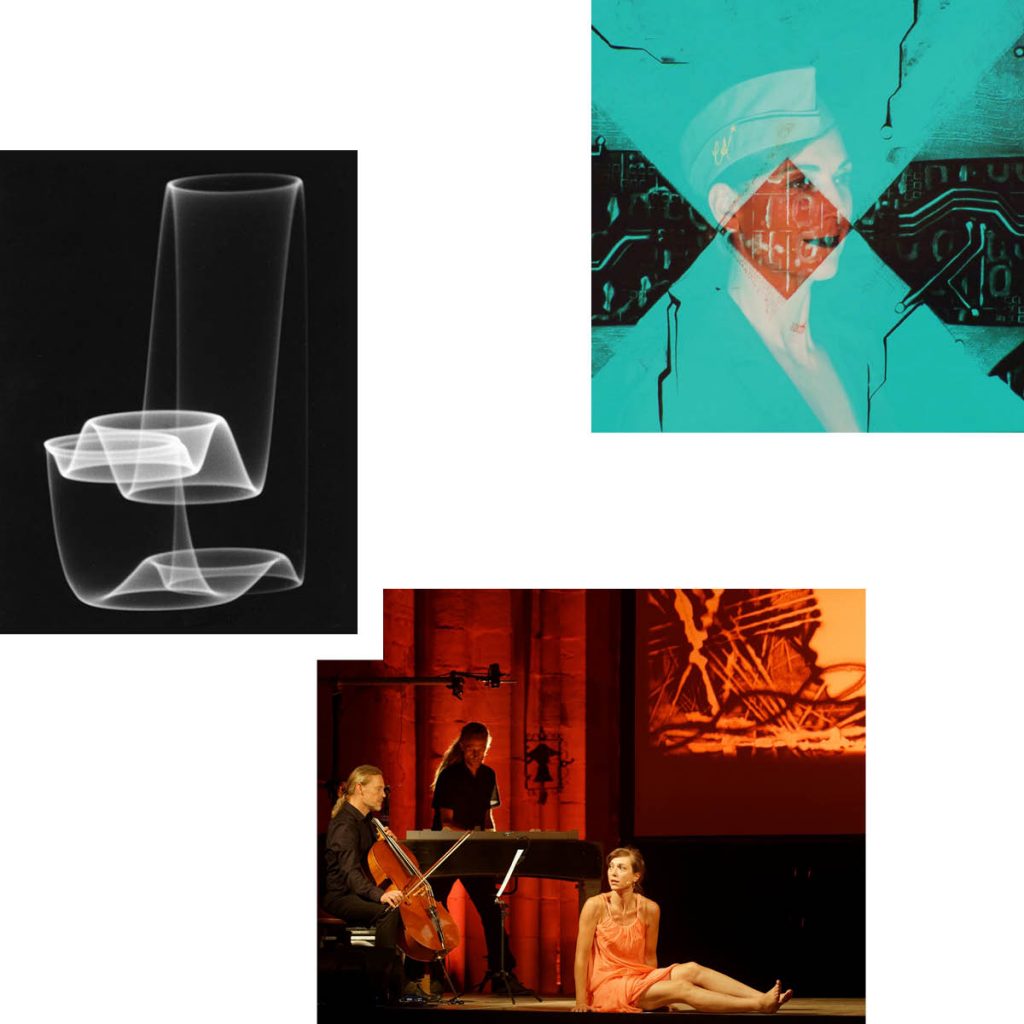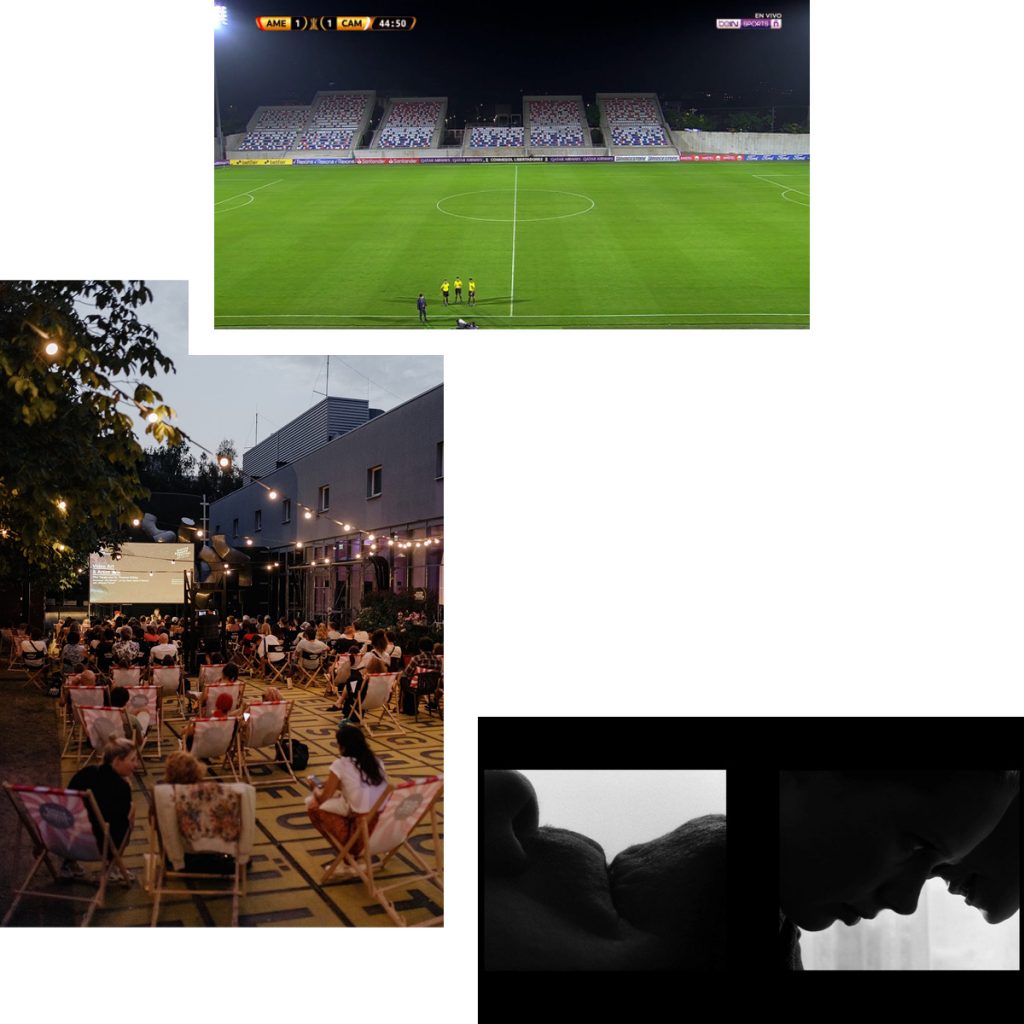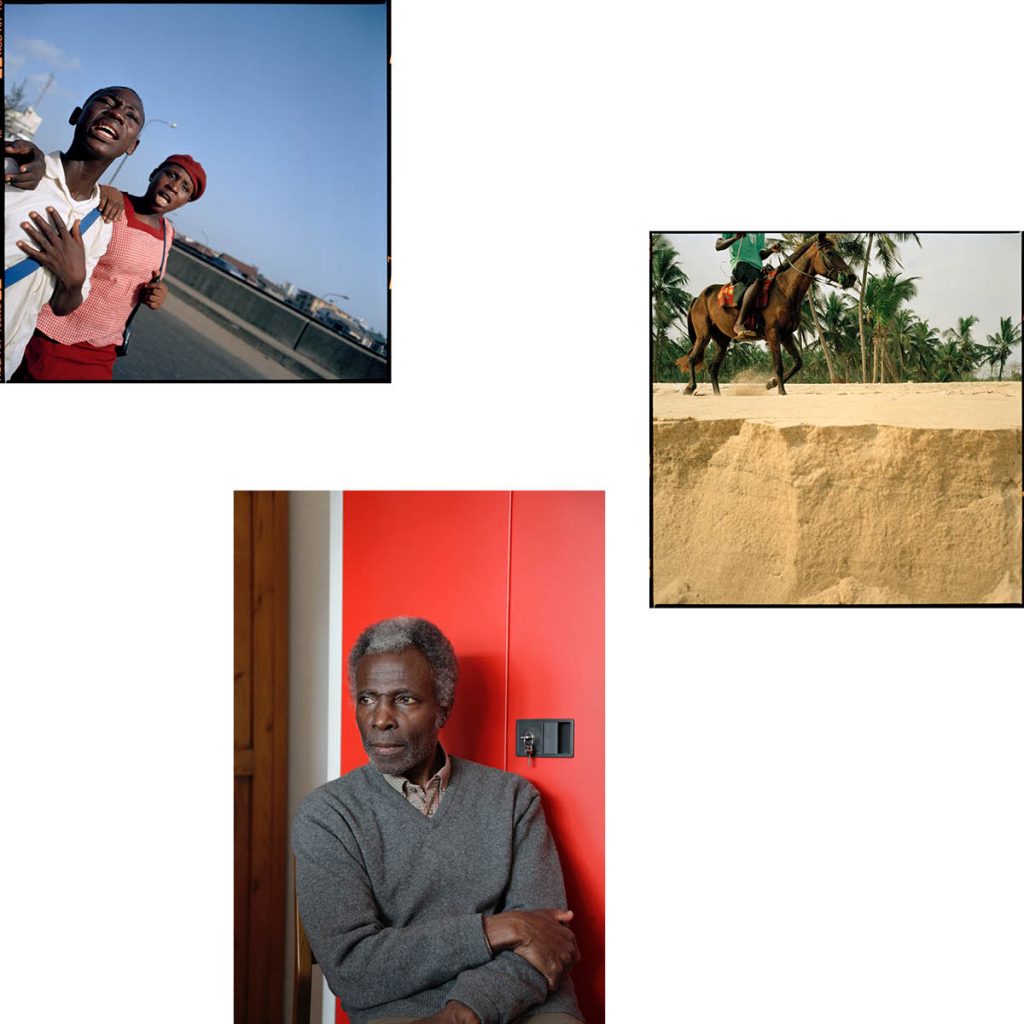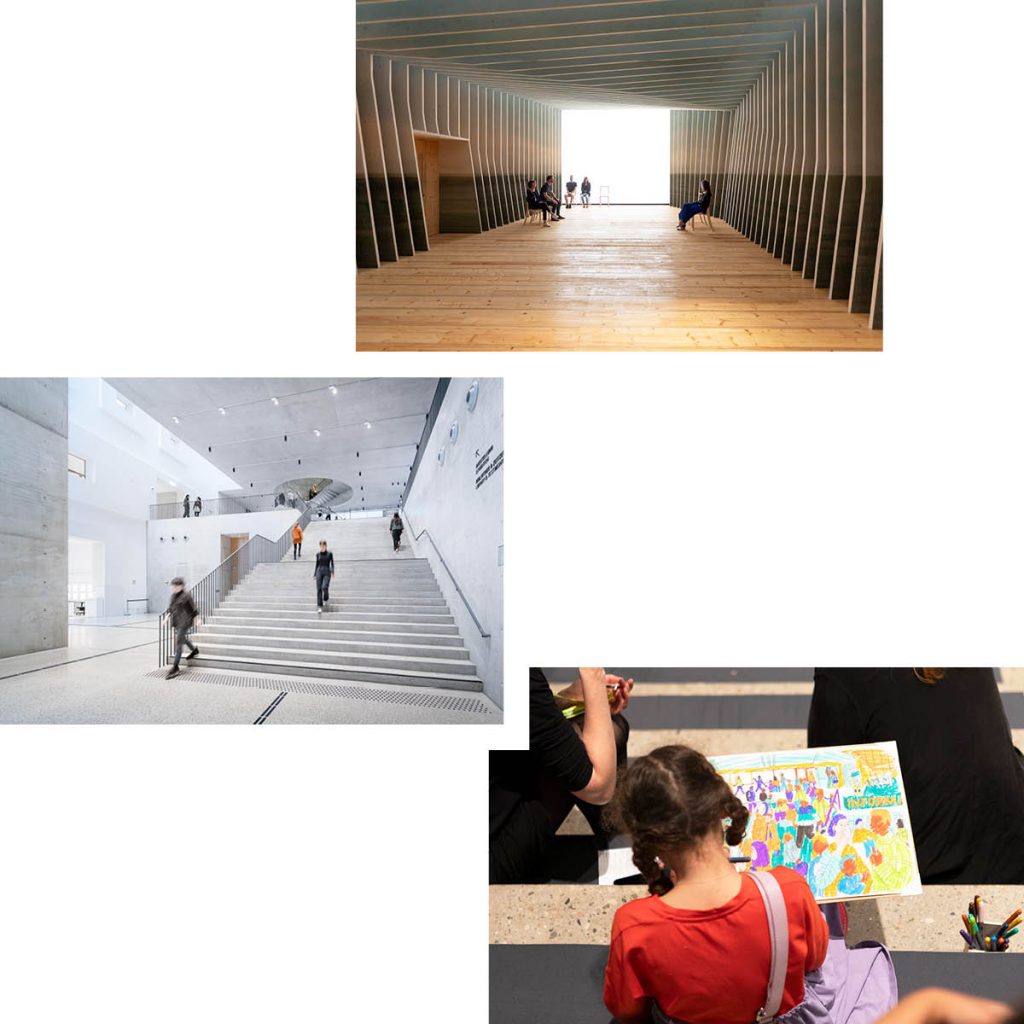
Few buildings in the city are as timelessly beautiful as Werner Düttmann’s Academy of Arts building on Hanseatenweg in Tiergarten, and few topics are as contemporary as generative art — or so one would think. Technical and digital development originates even before the design of the Berlin architectural icon, in which the first Generative Art Summittakes place (from 03.–06.07.2024) and which gathers renowned artists, scientists and researchers from all over the world for an intergenerational dialogue. “From the Camera to Artificial Intelligence” is the motto of the conference. The aesthetic oscillograms of the forefather of computer art Herbert W. Franke, which he created in the 1950s using an analog computer and which still represent an undisputed milestone in generative art, form the starting point. So it is hardly surprising that the Herbert W. Franke Foundation is behind the summit, preserving and developing the spirit and legacy of this exceptional artist and scientist. The packed conference program spans two days (03.–04.07.) and is complemented by a film night of the best artistic computer graphics of the 20th century presented by Larry Cuba and a solo show by Franke in the König Gallery. Finally, the crowning finale will be a brilliant performance night, “Sandfiction 4K: The Orchid Cage“, based on Franke’s classic, visionary and bitterly evil science fiction parable about the evolution of man in a highly technologized society in cyberspace. It bears an eery semblance to our future here on earth.
Text: Giulia Tancredi / Credits: “Oszillogramme” by Herbert. W. Franke, Stiftung Herbert W. Franke, “Sandfiction 4K: The Orchid Cage” by Kaleidolux, Hartmut Hientzsch
Generative Art Summit at the Academy of Arts, Hanseatenweg 10, 10557 Berlin–Tiergarten; map
03.–06.07.2024. Get your tickets here.







